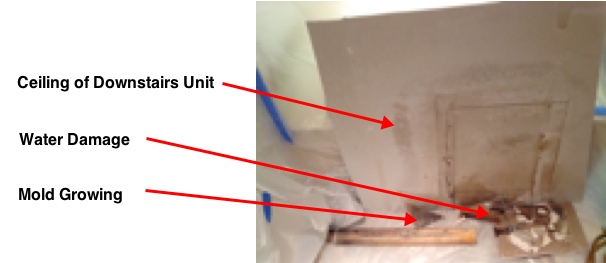You need to make your home a safe and healthy environment, free from the dangers of mold. Mold can pose serious health risks and cause damage to your property if not addressed promptly and effectively. In this article, you will discover valuable tips and strategies on how to tackle mold issues in San Diego. Whether you are dealing with a small patch or a major infestation, we will guide you through the process and provide you with the necessary tools and knowledge to handle mold removal effectively and efficiently. Don’t let mold take over your home, take action today with our expert advice.
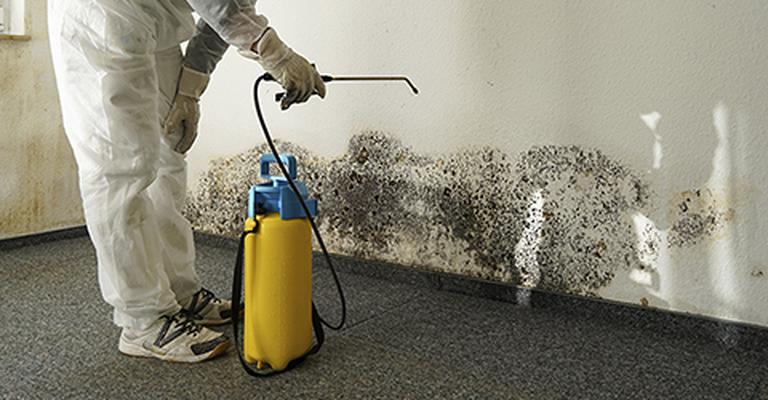
Understanding Mold
What is mold?
Mold is a type of fungus that grows in the form of multicellular filaments called hyphae. It is a common problem in many homes and buildings, especially in areas with high humidity levels. Mold thrives in damp and dark environments, making basements, bathrooms, and attics susceptible to mold growth. It spreads through the release of tiny spores into the air, which can lead to its colonization in various parts of a building.
Common types of mold
There are several types of mold that are commonly found in homes and buildings. One of the most commonly encountered molds is Stachybotrys chartarum, also known as black mold. It appears as a slimy, greenish-black growth and is notorious for its toxic properties. Other common types of mold include Aspergillus, Penicillium, and Cladosporium. Each type of mold has its own characteristics and may cause different health issues when present in indoor environments.
Health risks associated with mold
Exposure to mold can have adverse effects on your health, especially if you have a sensitivity or allergy to it. Some individuals may experience allergic reactions such as sneezing, coughing, wheezing, and skin irritation when exposed to mold spores. Moreover, mold can release mycotoxins, which are toxic substances that can cause respiratory issues, headaches, fatigue, and even neurological problems. Prolonged exposure to mold can lead to chronic health conditions and exacerbate existing respiratory conditions like asthma.
Identifying Mold Problems
Signs of mold growth
Identifying mold growth in your home is crucial for prompt remediation. Some common signs of mold growth include musty odors, visible discoloration on surfaces, and the presence of black or green spots. If you notice any water stains on walls or ceilings, peeling paint or wallpaper, or an increase in allergic symptoms when spending time indoors, there is a possibility of mold infestation. It is essential to investigate further if you suspect mold growth to prevent further damage and potential health risks.
Areas prone to mold growth
Certain areas of your home are more prone to mold growth due to high moisture levels or inadequate ventilation. Bathrooms, kitchens, and basements are particularly susceptible, as these areas often have moisture buildup and limited airflow. Pay close attention to areas with water sources, such as around sinks, showers, and pipes. Additionally, poorly insulated windows and areas with water leaks or water damage can provide an ideal breeding ground for mold.
Mold testing and inspection
If you suspect the presence of mold but cannot visually confirm it, mold testing and inspection may be necessary. There are DIY mold testing kits available on the market, but for accurate results, it is recommended to hire a professional mold testing service. Trained professionals can collect samples and conduct appropriate testing to identify the type and extent of mold growth in your home. They will also perform a thorough inspection to identify any underlying issues that contribute to the mold problem.
Causes of Mold Growth
Excessive moisture
One of the primary factors that contribute to mold growth is excessive moisture. Moisture can accumulate in your home due to various reasons, such as high humidity levels, water leaks, or inadequate ventilation. It is important to address any sources of moisture promptly. Controlling indoor humidity levels, using dehumidifiers, and ensuring proper ventilation can help prevent the buildup of moisture that can lead to mold growth.
Poor ventilation
Insufficient airflow and poor ventilation can create an environment conducive to mold growth. Without proper ventilation, moisture can get trapped in enclosed spaces, providing the perfect conditions for mold to thrive. It is essential to ensure that your home has adequate ventilation in areas prone to moisture, such as bathrooms and kitchens. Installing exhaust fans and opening windows to promote air circulation can help prevent mold growth.
Water leaks and water damage
Water leaks and water damage are among the leading causes of mold growth in homes. Even small leaks, if left unresolved, can lead to significant water damage and mold growth over time. Common sources of water leaks include leaky pipes, roof leaks, and malfunctioning appliances. It is crucial to address any water leaks promptly and repair any water damage to prevent mold from spreading. Regularly inspecting your home for potential leaks and conducting routine maintenance can help prevent mold issues.
Preventing Mold Issues
Controlling humidity levels
Maintaining optimal indoor humidity levels is key to preventing mold growth. The Environmental Protection Agency (EPA) recommends keeping indoor humidity between 30 to 50 percent. To achieve this, use dehumidifiers in areas prone to dampness, especially basements and bathrooms. You can also use air conditioners and fans to circulate air and reduce humidity. Avoid overwatering indoor plants as excessive moisture can contribute to mold growth.
Improving air circulation
Proper air circulation is crucial in preventing mold growth. Ensure that your home has adequate airflow by opening windows, using ceiling fans, and installing exhaust fans in areas with high moisture, such as bathrooms and kitchens. Regularly clean air vents and filters to ensure unrestricted airflow. In areas with limited natural airflow, consider using dehumidifiers or fans to maintain proper air circulation and reduce the risk of mold growth.
Addressing water leaks and moisture buildup
Promptly addressing water leaks and moisture buildup is essential to prevent mold growth. Regularly inspect your home for any signs of leaks, such as water stains or damage to walls and ceilings. Repair any leaks immediately and dry out the affected areas thoroughly. If you experience flooding or significant water damage, it is crucial to remove the water and dry the area within 24-48 hours to prevent mold growth. Proper maintenance and regular inspections can help identify and address potential sources of moisture before they lead to mold issues.
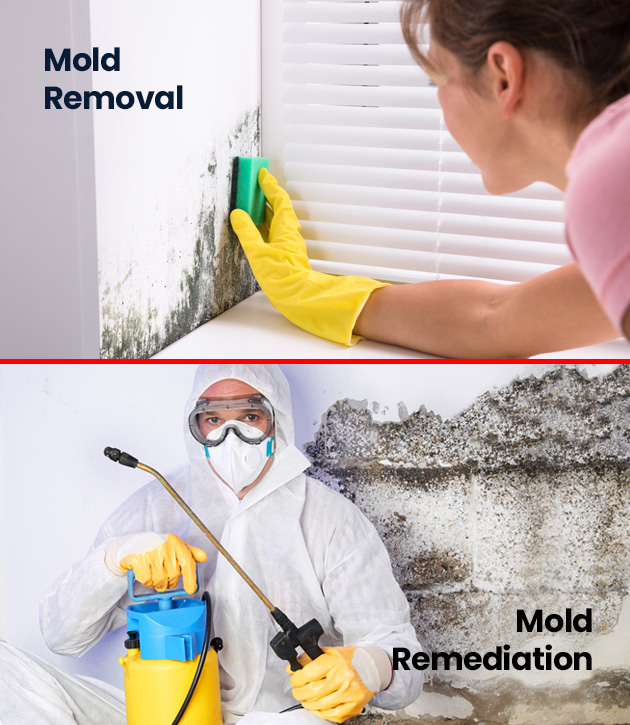
DIY Mold Removal Techniques
Appropriate safety measures
When attempting to remove mold on your own, it is essential to take appropriate safety measures. Mold spores can cause health issues when inhaled or when they come into contact with your skin or eyes. To protect yourself, wear gloves, goggles, and a mask that covers your nose and mouth. Additionally, make sure to work in a well-ventilated area to minimize your exposure to mold spores.
Using household cleaners
For small-scale mold removal, household cleaners can often be effective in eliminating mold. Bleach, hydrogen peroxide, vinegar, and borax are commonly used household cleaners that can help kill mold on non-porous surfaces. Dilute the cleaner with water according to the manufacturer’s instructions and apply it to the affected area. Thoroughly scrub the surface using a brush to remove the mold, and then rinse it with clean water.
Scrubbing and disinfecting affected areas
When removing mold, it is important to thoroughly scrub and disinfect the affected areas. Use a stiff brush or scrubbing pad to remove the visible mold growth from surfaces. Make sure to reach into crevices and corners where mold may be hiding. After scrubbing, thoroughly rinse the area with clean water to remove any remaining mold particles. To disinfect the area, you can use a solution of water and bleach (one cup of bleach per gallon of water) or a commercial antimicrobial cleaner.
Proper disposal of contaminated materials
When removing mold-infested materials, it is crucial to dispose of them properly. Double-bag any materials that have been in direct contact with mold, such as carpets, drywall, or insulation. Seal the bags tightly and label them as mold-contaminated. Contact your local waste management facility to check their guidelines for disposing of mold-infested materials. It is important to handle and dispose of these materials with care to prevent the spread of mold spores.
When to Seek Professional Help
Extensive mold infestations
If you are dealing with a significant mold infestation covering a large area, it is advisable to seek professional help. Professional mold remediation companies have the expertise and equipment required to handle extensive mold growth effectively. They can assess the extent of the infestation, develop a comprehensive remediation plan, and ensure that the mold is safely and thoroughly removed from your home.
Hard-to-reach mold growth
Mold can often grow in hard-to-reach areas, such as within walls, behind cabinets, or in crawl spaces. If you suspect mold growth but cannot access or effectively remove it on your own, it is best to contact professionals who can safely address these hidden mold issues. They will have the necessary tools and techniques to locate and eliminate mold in concealed areas without causing further damage.
Health concerns or allergies
If you or someone in your household has existing health conditions, respiratory issues, or allergies, it is important to prioritize your well-being and seek professional help. Professional mold remediation companies can minimize your exposure to mold spores during the removal process, reducing the risk of adverse health effects. They can also provide additional services, such as mold testing and inspection, to ensure thorough remediation and prevent future mold growth.
Professional mold testing and remediation
If you are unsure about the extent of mold growth in your home or want a professional assessment of the situation, it is best to hire a professional mold testing and remediation service. They can accurately identify the types of mold present, assess the extent of the infestation, and develop a customized remediation plan based on your specific needs. Professional remediation ensures that mold is effectively removed and that preventive measures are in place to reduce the risk of future mold growth.
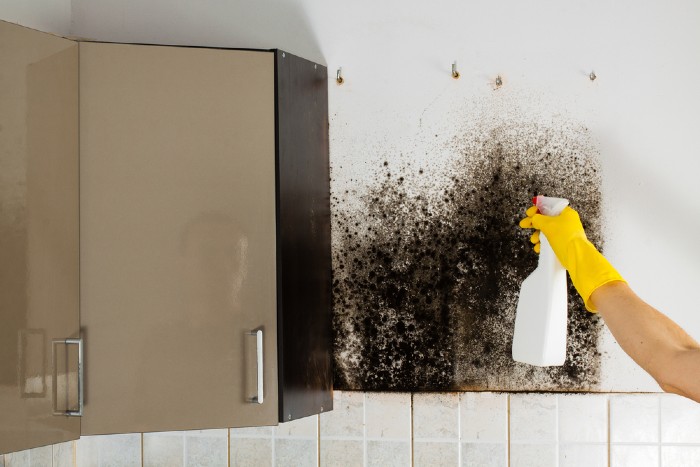
Hiring a Professional Mold Removal Company
Researching and selecting a reputable company
When hiring a professional mold removal company, it is important to research and select a reputable and experienced service provider. Look for companies with positive customer reviews and ratings. Check if they are licensed, insured, and certified in mold remediation. Additionally, ask for referrals from friends, family, or trusted professionals to ensure you choose a reliable company.
Certifications and qualifications to consider
Certifications and qualifications play a significant role in choosing a mold removal company. Look for certifications such as the Institute of Inspection, Cleaning and Restoration Certification (IICRC) or the National Association of Mold Remediators and Inspectors (NAMRI). These certifications indicate that the company has undergone proper training and follows industry best practices in mold remediation.
Obtaining detailed cost estimates
Before hiring a mold removal company, it is advisable to obtain detailed cost estimates. This will help you understand the scope of work involved and the associated costs. Reputable companies will provide clear and transparent pricing, including any additional charges or potential extra costs that may arise during the remediation process. Compare quotes from different companies to ensure you are getting a fair price for the services offered.
Understanding the mold removal process
When hiring a professional mold removal company, it is important to have a clear understanding of the mold removal process. Ask the company to explain their approach to mold remediation, including the methods and equipment they use. A reputable company will provide a detailed explanation of their process, addressing your concerns and ensuring that you are comfortable with their approach before proceeding with the removal.
Testing and Assessing Mold Remediation
Post-remediation mold testing
After the mold removal process is complete, it is crucial to conduct post-remediation mold testing to ensure that all mold has been effectively removed. Professional mold testing companies can collect air or surface samples to determine if any mold spores are still present in your home. Post-remediation testing provides peace of mind that the mold issue has been properly addressed and that your home is mold-free.
Evaluating the effectiveness of mold removal
In addition to post-remediation testing, it is important to visually inspect the treated areas to evaluate the effectiveness of the mold removal process. Look for any signs of remaining mold growth or water damage. If you notice any recurrence of mold or water-related issues, contact the mold removal company immediately to address the problem. A reputable company will stand behind their work and provide follow-up support, if needed.
Addressing any remaining issues
If post-remediation testing or visual inspection reveals any remaining mold or related issues, it is essential to address them promptly. Contact the mold removal company and inform them of the situation. They will assess the situation and determine the appropriate course of action to resolve any remaining mold problems. It is crucial to have open communication with the company to ensure complete remediation and long-term mold prevention.
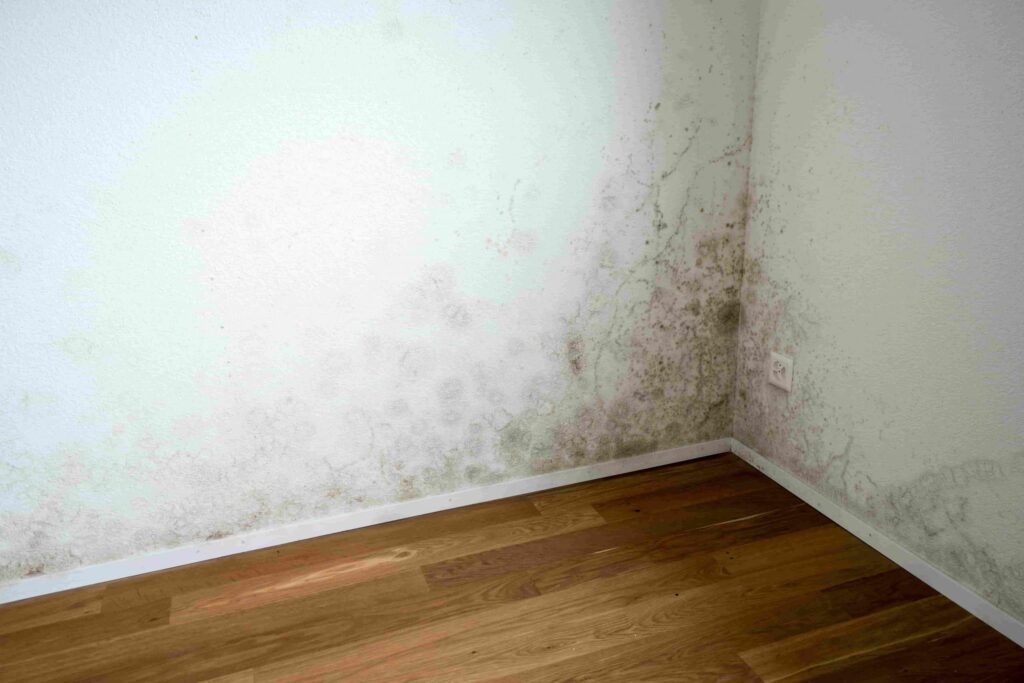
Maintaining Mold-Free Environments
Regular cleaning and maintenance
Maintaining a clean and well-maintained home is essential in preventing mold growth. Regularly clean and vacuum your home to remove dust, dirt, and other potential sources of mold spores. Pay attention to high-moisture areas, routinely cleaning bathrooms and kitchens. Properly maintain appliances and promptly repair any leaks or plumbing issues. By keeping your home clean and well-maintained, you can minimize the risk of mold growth.
Monitoring humidity levels
Monitoring indoor humidity levels is crucial in preventing mold growth. Invest in a hygrometer, a device that measures humidity, to regularly monitor the humidity levels in your home. Ensure that the humidity stays between the recommended range of 30 to 50 percent. If necessary, use dehumidifiers to reduce humidity in particularly damp areas. By monitoring and controlling humidity levels, you can create an environment that is less favorable for mold growth.
Proactive measures to prevent mold growth
Taking proactive measures can significantly reduce the risk of mold growth in your home. Regularly inspect your home for water leaks, paying attention to areas such as pipes, faucets, and roofs. Address any leaks promptly to avoid water damage and mold growth. Properly ventilate high-moisture areas by using exhaust fans or opening windows. Additionally, consider using mold-resistant products, such as mold-resistant drywall or paint, to further prevent mold growth.
Educating and Spreading Awareness
Informing others about mold prevention
One of the most effective ways to address mold issues is by educating others about mold prevention. Share your knowledge and experiences with friends, family, and neighbors to help them identify and prevent mold growth in their own homes. Provide information on common signs of mold, preventive measures, and the importance of addressing water leaks promptly. By raising awareness about mold prevention, you can help others avoid the potential health risks and costly remediation.
Promoting mold awareness in the community
Mold awareness should not be limited to individual homes but should extend to the community as a whole. Consider organizing or participating in community events or workshops focused on mold prevention and remediation. Collaborate with local health agencies or environmental organizations to raise awareness about the importance of maintaining a mold-free environment. By spreading awareness and promoting mold prevention in your community, you can contribute to healthier and safer living environments for all.
